Requiem for a Dream is a 2000 film adaptation of the 1978 novel of the same name. The novel was written by Hubert Selby, Jr.; the film adaptation was directed by Darren Aronofsky, and starred Ellen Burstyn, Jared Leto, Jennifer Connelly, and Marlon Wayans. Burstyn was nominated for an Academy Award for Best Actress for her performance.
The film depicts different forms of addiction, leading to the characters’ imprisonment in a dream world of delusion and reckless desperation that is subsequently overtaken and devastated by reality.

The majority of reviewers characterized Requiem for a Dream in the genre of "drug movies," along with films like Trainspotting, Spun, and Fear and Loathing in Las Vegas. However, Aronofsky has said:
Requiem for a Dream is not about heroin or about drugs… The Harry-Tyrone-Marion story is a very traditional heroin story. But putting it side by side with the Sara story, we suddenly say, 'Oh, my God, what is a drug?' The idea that the same inner monologue goes through a person's head when they're trying to quit drugs, as with cigarettes, as when they're trying to not eat food so they can lose 20 pounds, was really fascinating to me. I thought it was an idea that we hadn't seen on film and I wanted to bring it up on the screen.
In the book, Selby refers to the "American Dream" as amorphous and unattainable, a compilation of the various desires of the story's characters. All the characters use some form of addiction as a substitute for the actual fulfillment of a dream, choosing immediate sensory placation over a struggle for some higher good. Selby explains the title of his book in this context—as a requiem for some specific dream (a dream) as opposed to the larger, overarching "American Dream" (the dream).While an individual dream can wither and die, the American Dream is persistent and cannot be easily overcome, certainly not by those who are so entangled in it that they cannot see it.
As in his previous film, π, Aronofsky uses montages of extremely short shots throughout the film (sometimes termed a hip hop montage). While an average 100-minute film has 600 to 700 cuts, Requiem features more than 2,000. Split-screen is used extensively, along with extremely tight closeups. Long tracking shots (including those shot with an apparatus strapping a camera to an actor, called the Snorricam) and time-lapse photography are also prominent stylistic devices.
In order to portray the shift from the objective, community-based narrative to the subjective, isolated state of the characters' perspectives, Aronofsky alternates between extreme closeups and extreme distance from the action and intercuts reality with a character's fantasy. Aronofsky aims to subjectivise emotion, and the effect of his stylistic choices is personalisation rather than alienation.
The film's distancing itself from empathy is furthered structurally by the use of intertitles (Summer, Fall, Winter), marking the temporal progress of addiction. The average scene length shortens as the movie progresses (beginning around 90 seconds to 2 minutes) until the movie's climactic scenes, which are cut together very rapidly (many changes per second) and are accompanied by a score which increases in intensity accordingly. After the climax, there is a short period of serenity, during which idyllic dreams of what may have been are juxtaposed with portraits of the four shattered lives. Many magazine film critics consider Requiem for a Dream the director's masterpiece.
The soundtrack was composed by Clint Mansell with the string ensemble performed by Kronos Quartet. It is notable for its use of sharp string instruments to create a cold and discomforting sound from instruments frequently used for their warmth and softness. The string quartet arrangements were done by Pulitzer Prize-winning composer David Lang.
The soundtrack has been widely praised and has subsequently been used in various forms in trailers for other films and series, including The Da Vinci Code, Sunshine, Lost, I Am Legend, Valley of Flowers, Babylon A.D., Zathura, and the video game Assassin's Creed. More specifically, a version of the recurring theme was reorchestrated for the The Lord of the Rings: The Two Towers film trailer. This version is often known as "Requiem for a Tower." It has also been featured in many other commercials and trailers and as remixes on other artists' albums. For example, G.M.S. are widely known for their mix of the song, titled "Juice by GMS." Lil' Jon's track "Throw It Up" uses a sample from the main theme as the beat.
The soundtrack also confirmed its popularity with the remix album Requiem for a Dream: Remixed, which contains new mixes of the music by Paul Oakenfold, Josh Wink, Jagz Kooner, and Delerium, among others. The score is also used as the main theme for the UK's Sky Sports News channel and the entrance theme for the 2007–08 Boston Celtics NBA championship team.



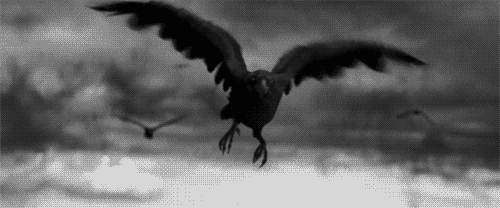
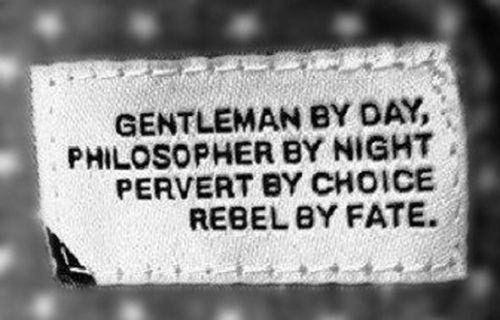



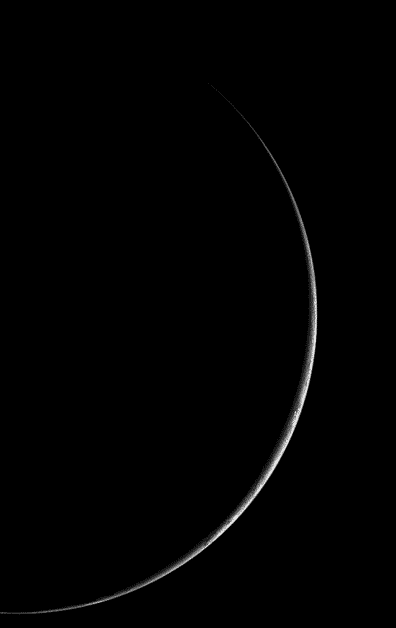








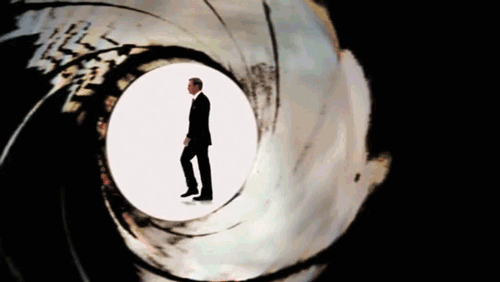


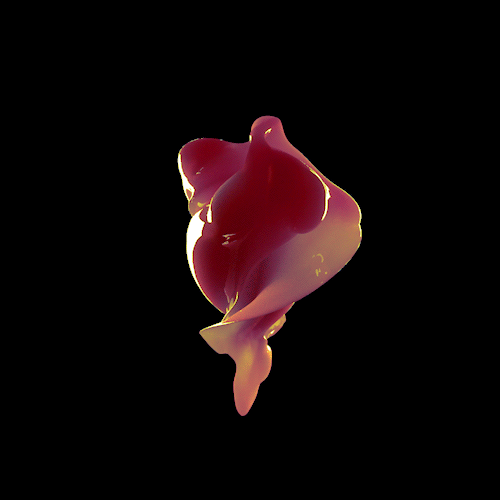


No comments:
Post a Comment